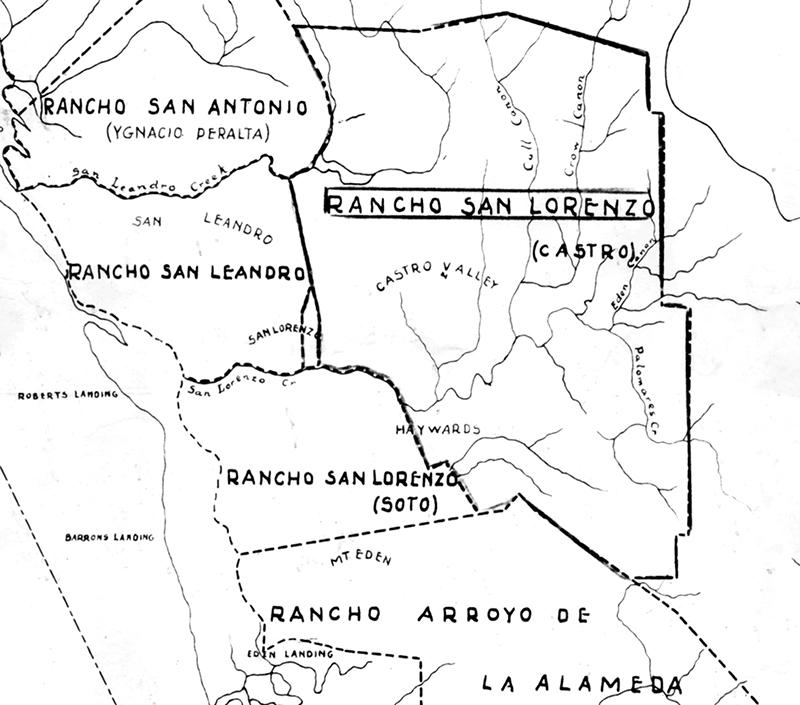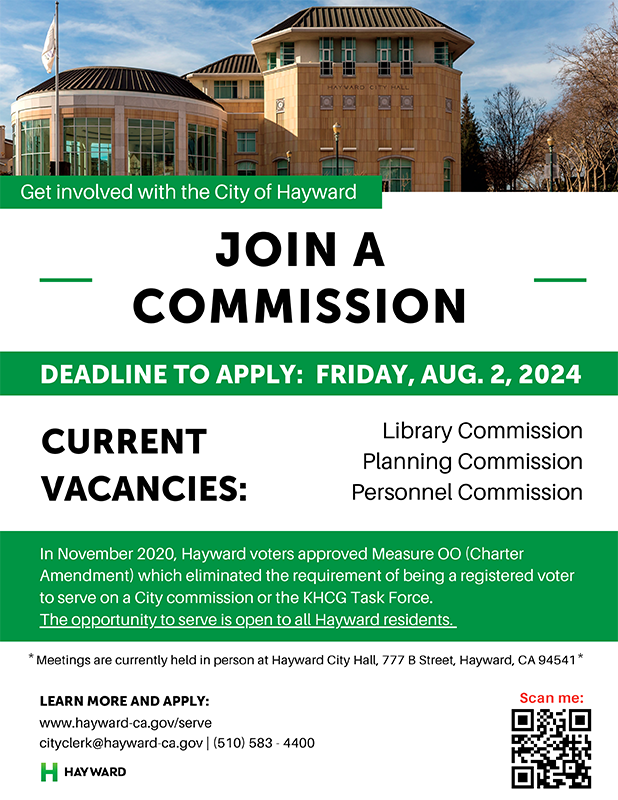Grad student shares local history of Mexican rule
March 13, 2014
A few dozen residents gathered at the Castro Valley Library last Sunday to listen to CSUEB history graduate student Edwin Contreras present research on the history of Mexican rule in California in the 1840’s.
Contreras described the switch from Spanish to Mexican control in 1821, which brought new laws and a power shift from Catholic missionaries to secular governors and powerful ranching families.
The 21 California missions were in operation for 60 years before California gained independence from Spain. In 1821, the missions became a target for Mexican republicans who were calling for the privatization of church property. Secularization, or transferring to non-religious use, began in 1835, according to information from the University of California. Half of the missions were turned over to local native groups.
“In terms of economics, [the missions] were quite wealthy,” said Contreras, “they had some of the very best land in California which was eventually passed on to the ranchos [Mexican land grants].”
The decline of the missions allowed for the rise of extensive ranching along the California coast and Sacramento Valley. The Mexican government distributed more than 500 land grants to prominent families, using maps that roughly marked each grant’s boundaries, according to the University of California.
Settlers looking for land to build their ranch on in California searched for fertile ground with reliable access to clean water. They also wanted to make sure they were close to locations, like the coast, where they can easily trade their goods.
“Many of the people who came to California came to have property or land ownership,” Contreras said. “When California was open to settlers, the Mexican government wanted to populate the very remote part of their territory. One of the ways they did that was to say ‘Anyone who wants to go to California, you’re welcome to go there, and we’ll help you, we’ll protect you and give you land.’”
Don Guillermo Castro, a career soldier who served in the Mexican army as a lieutenant of militia at the Pueblo of San Jose, purchased rancho San Lorenzo in 1841, said Contreras. This rancho consisted of what is today Hayward, San Lorenzo and Castro Valley.
“A lot of the people who received these land grants were former military people, soldiers, or police servants,” he said. “If you wanted to get a land grant during the Spanish era, it was quite difficult. I it was only given to some of the most respected members of the society.”
The Castro family was well respected by society and was one of the main landowners in California. Castro’s home in the 1840s existed in what is now downtown Hayward. His house sat where the city hall now exists. The spot where the Hayward Library is located used to be his garage.
“He was mostly of Spanish descent and considered to be a true, honest, hard working and just a good character by a lot of people of that time,” Contreras said.
The other main ranchos of the East Bay area include Rancho San Ramon, which makes up Danville and San Ramon, Rancho Las Pulgas, which is now San Mateo, Rancho San Leandro, and Rancho La Purisma Conception, which is now Palo Alto.
“I think it’s important to know your local history, especially if you grew up there,” said Heather Thompson from San Lorenzo. “I learned more about where I live, it was pretty cool and fascinating.”

















